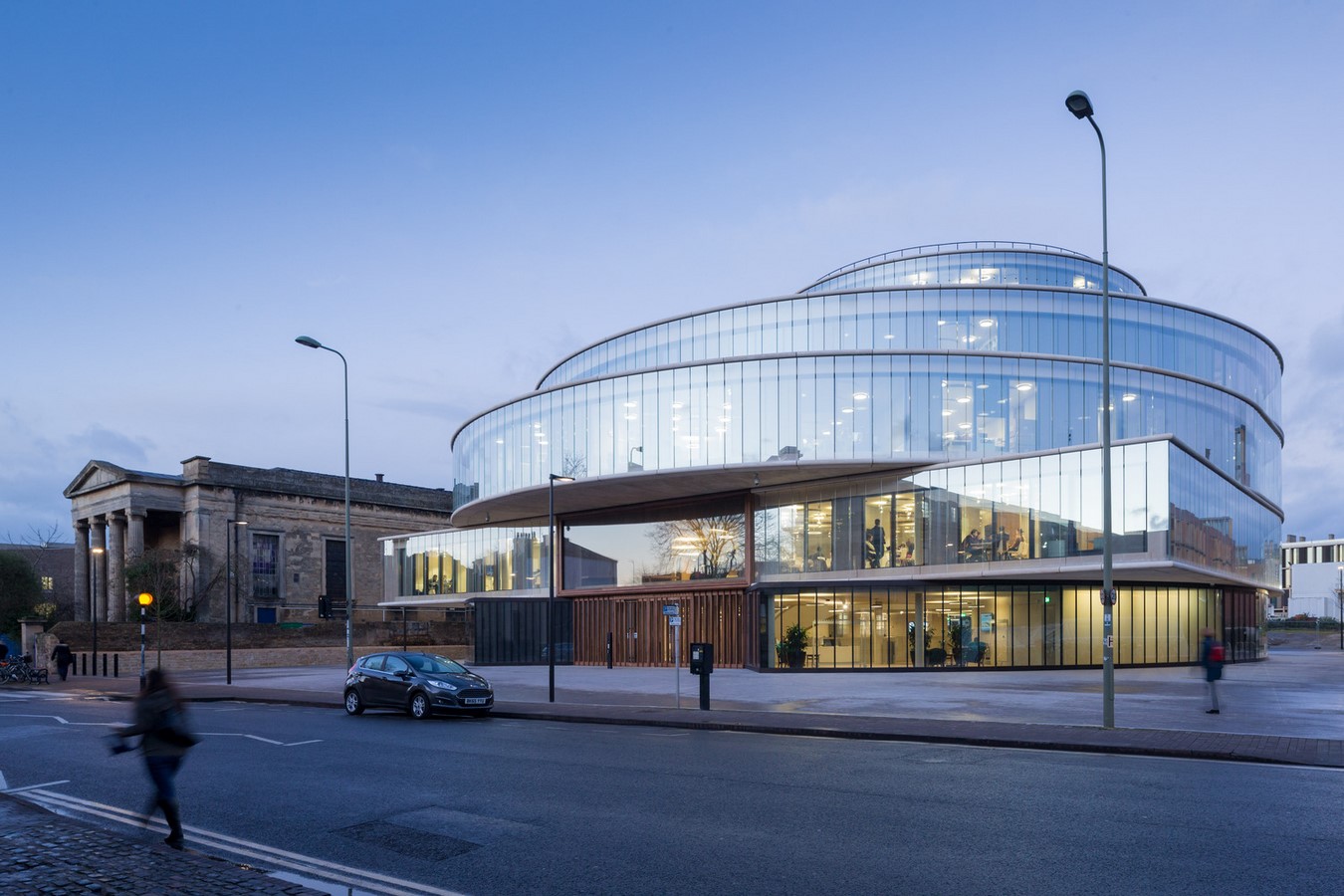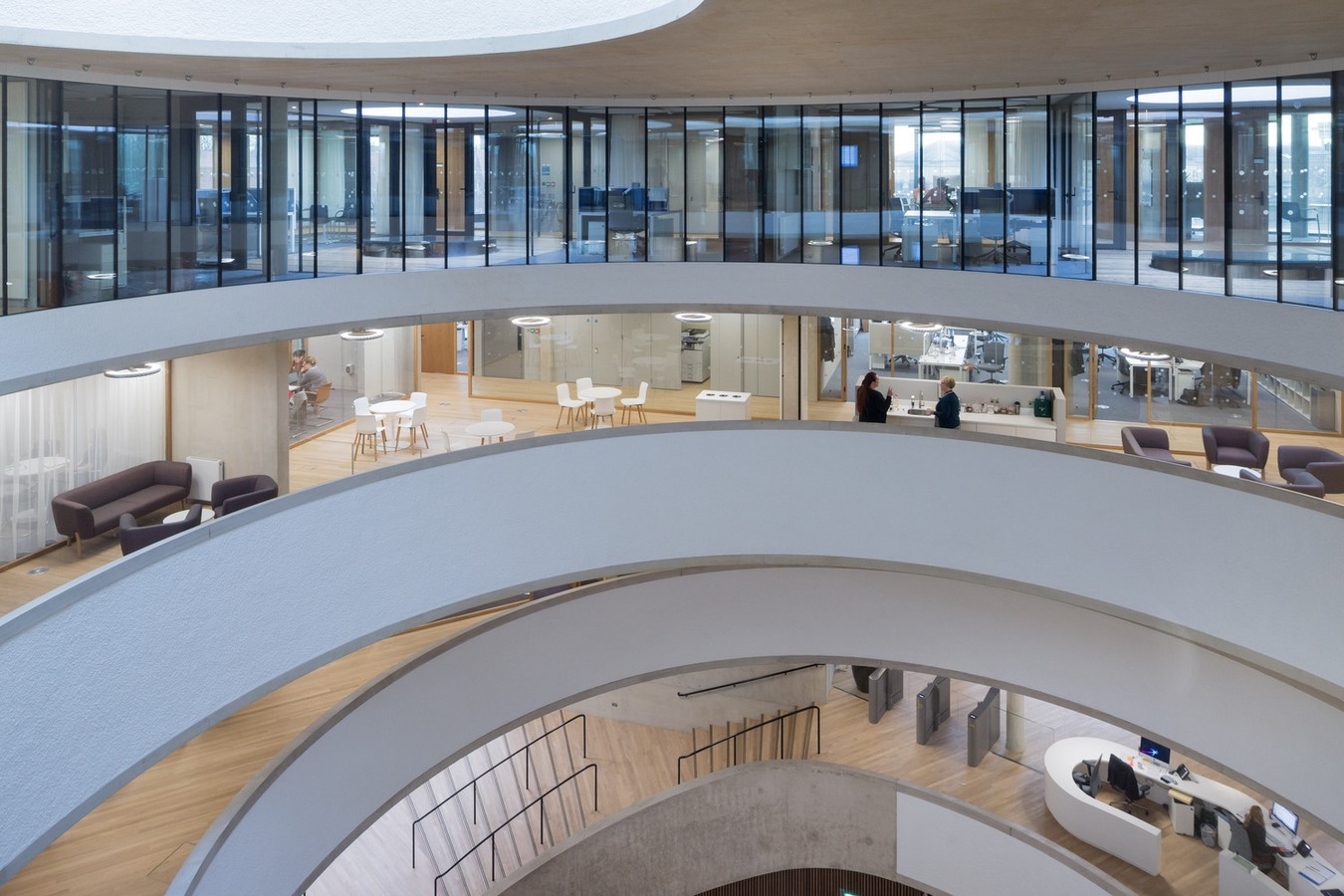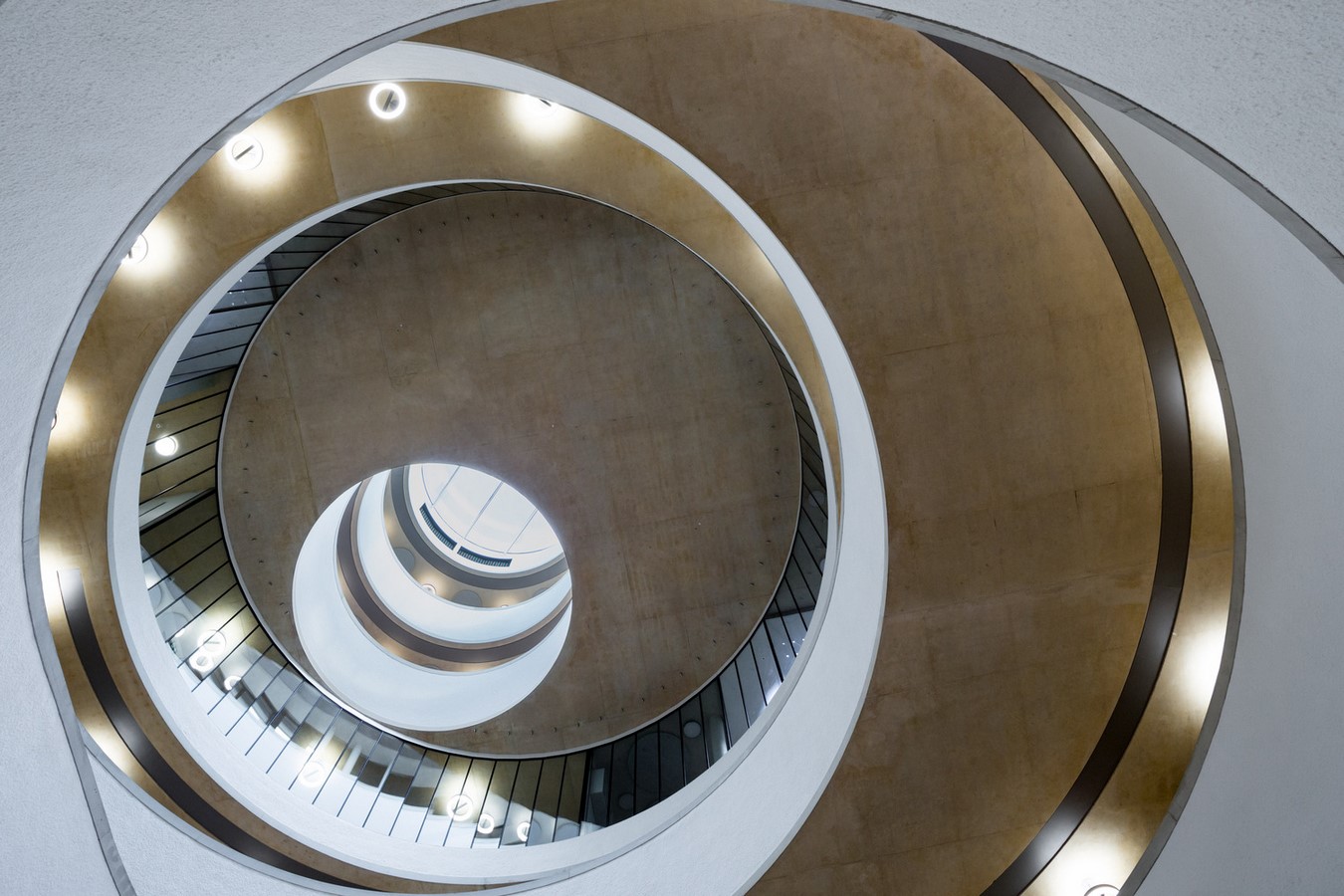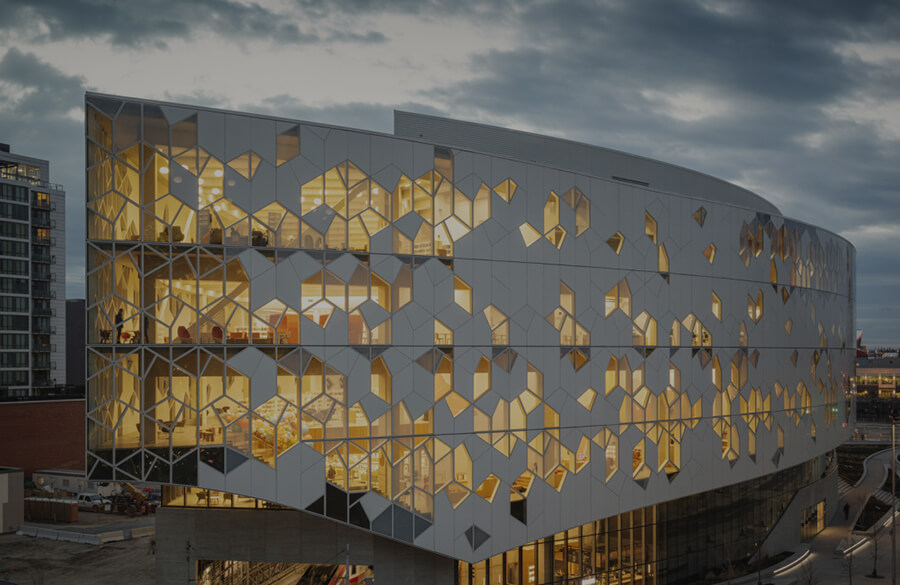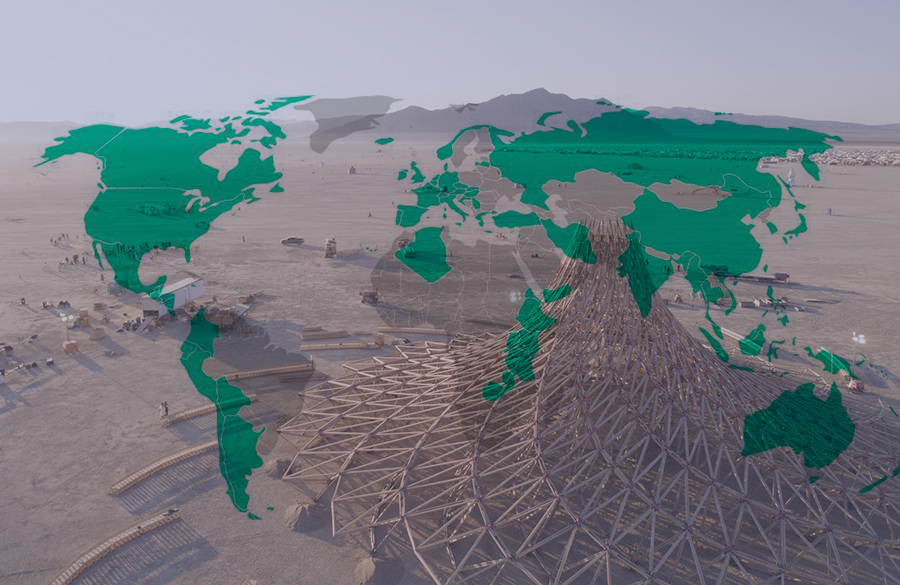Herzog & de Meuron is a Pritzker award-winning Swiss architecture firm established in Basel in 1978 with additional offices in London, New York, Hong Kong, Berlin and Copenhagen. It is a partnership led by Jacques Herzog and Pierre de Meuron- both have a similar architectural style that uses organic forms that fits the natural surroundings. The firm has worked on a broad range of projects from small scale private homes to large scale urban designs. The way of expressing themselves through materiality is something that reflects in all of their projects.
1. 56 Leonard Street | Herzog & de Meuron
Location: New York, New York, USA
Year: 2017
The project sought to create a high-rise residential tower, despite its size, has a character that is unique and personal, perhaps even has an intimate ambiance. Residential skyscrapers are successful in producing the unit, but often fail to improve upon the living environment. 56 Leonard Street acts against this monotony and anonymity. It is a stack of individual houses, where each one is unprecedented and identifiable within the overall stack. At the base, the staggered tower corresponds to the local conditions of the street while the top undulates and merges with the sky. In-between, the staggering and shifting of floor slabs in the middle-levels, like in a column shaft, is subtle.
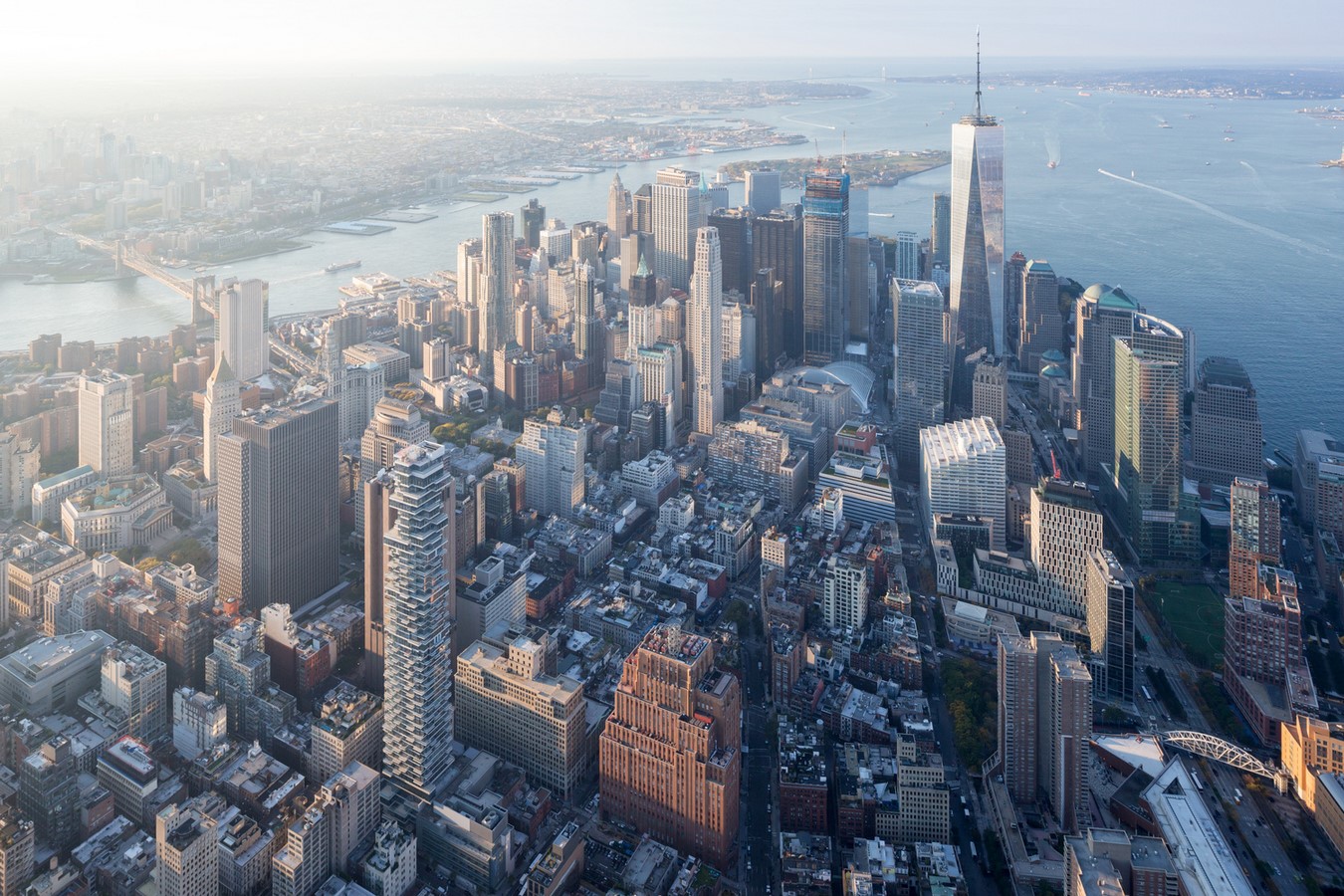
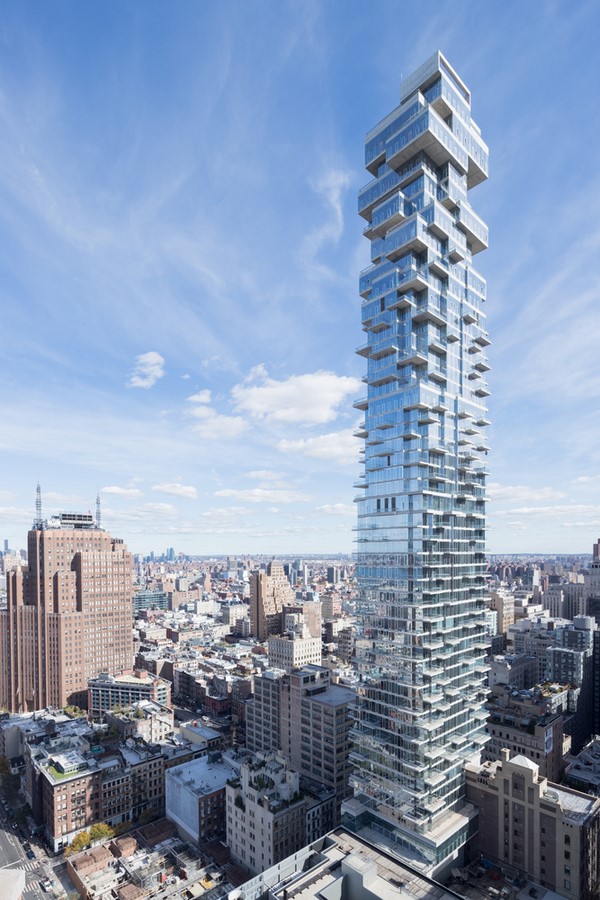
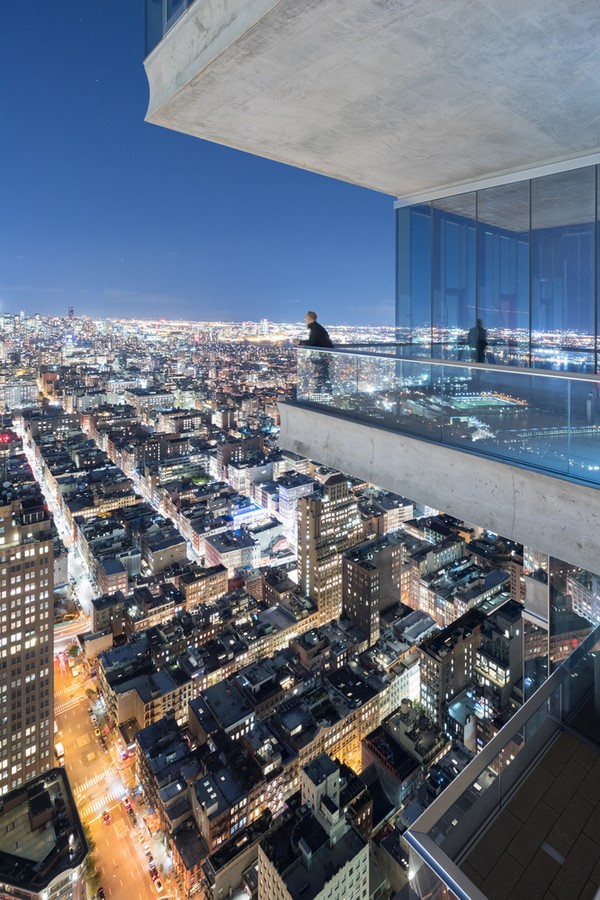
2. 1200 Bay Street
Location: Toronto, Canada
Year: 2020
1200 Bay Street is an 87-storey (324m high) mixed-use building that will rise above the city center. After completion, it would be the tallest skyscraper in Canada. The first 16 floors of the tower will cater to retail, office, and technical functions with 64 condominium levels above separated by a private amenities floor. The topmost three floors comprise a large restaurant, sky lounge, and other rentable spaces, that offer picturesque views over the city. The structural core is on the western facade to provide privacy from neighboring buildings. The building has a 3:1 construction ratio, meaning that the length of its site is approximately three times that of its width. It is because of these slender proportions that give way to the description of it being a super tall and skinny skyscraper.
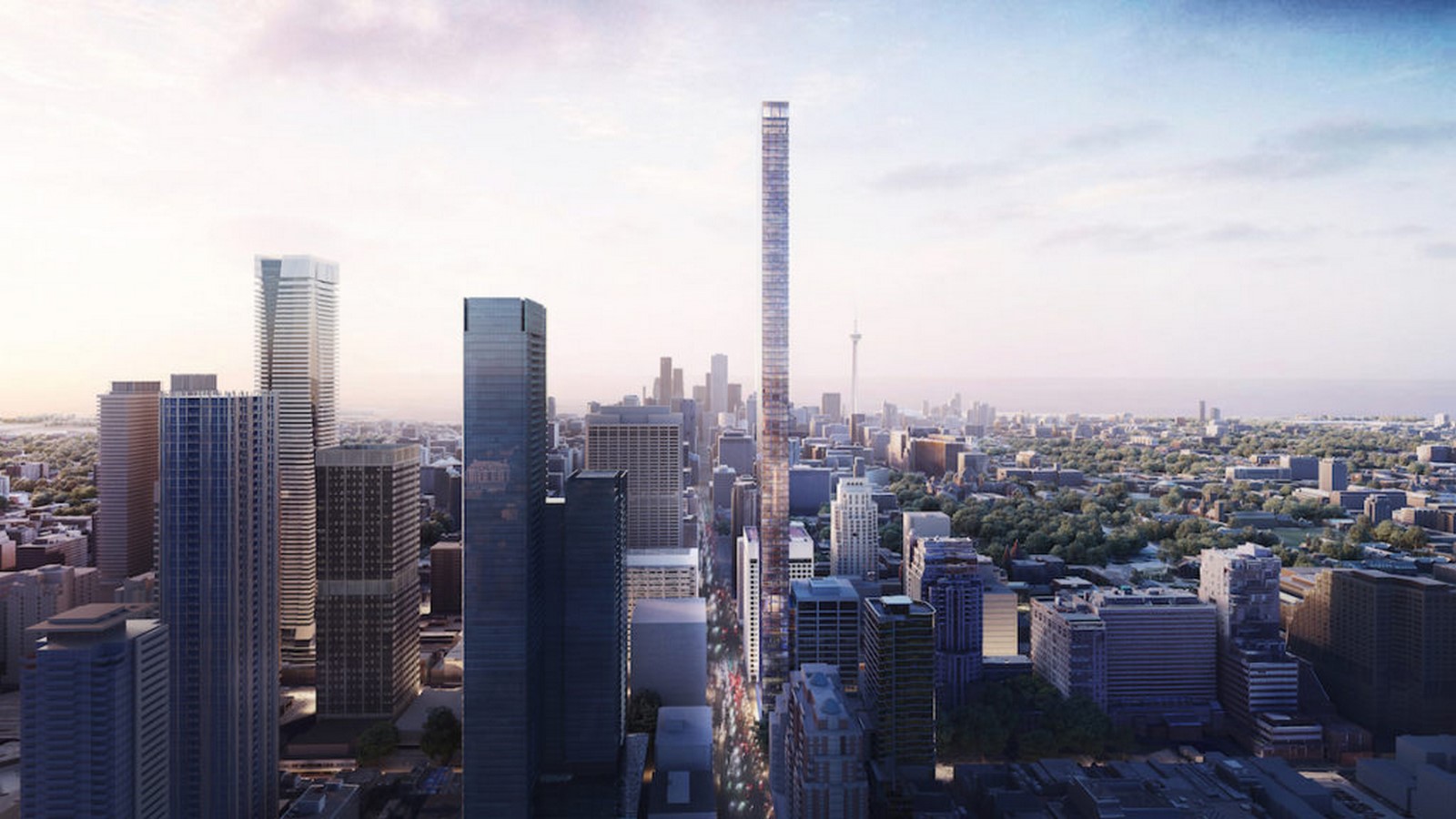
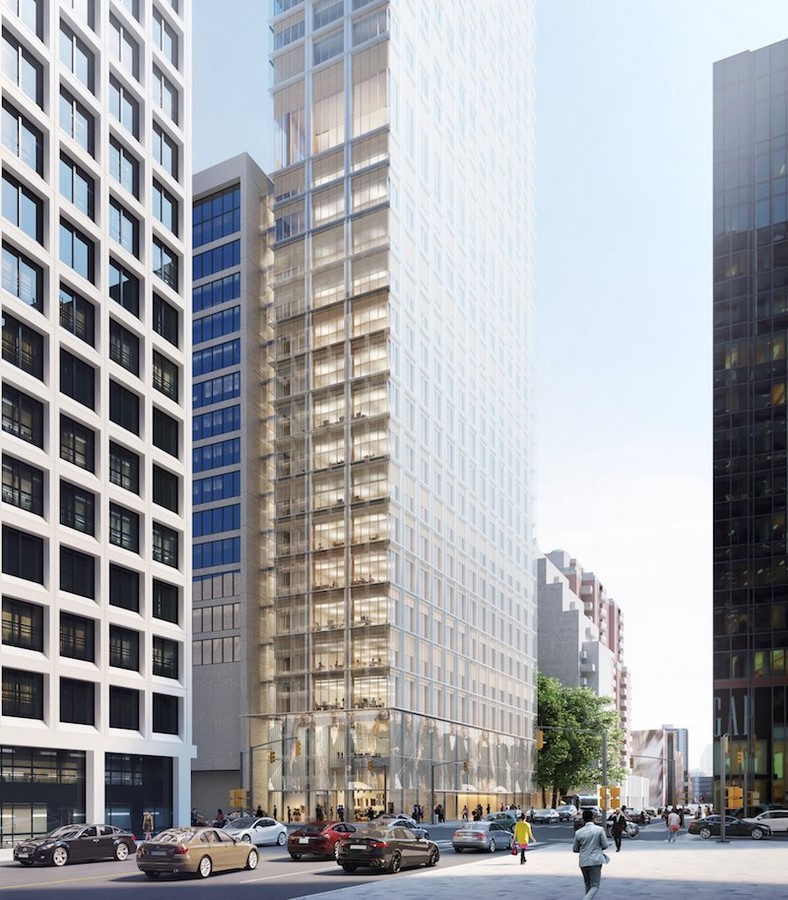
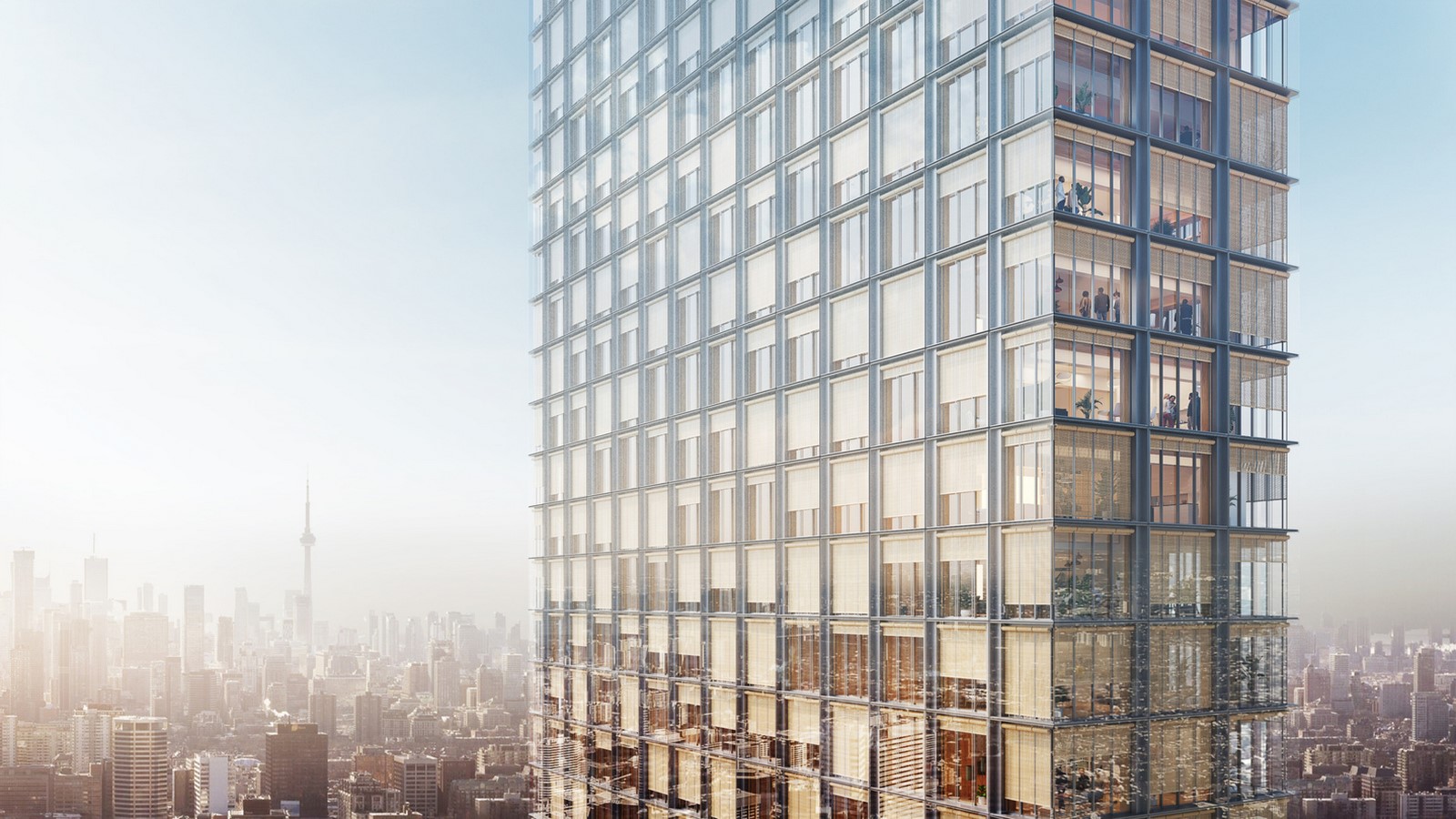
3. Meret Oppenheim Hochhaus Building
Location: Basel, Switzerland
Year: Project 2013-2015, realization 2015-2018
Herzog & de Meuron, in 2002, won the competition for Südpark, a development organized by SBB (Switzerland national railway company) to develop two of its plots situated to the south of the station. The two projects help to establish the northern edge of the neighborhood, Gundeldinger Quarter, which has become a vibrant area of active street life. The site which was underutilized earlier has now developed in the last years. It contributes to the diversification of urban centers around the main stations of Basel, Zurich, Lucerne, and other cities.

“The form of the tower is the result of stacking volumes of different sizes. The process of stacking underwent various phases where we tested how the resulting proportions, dimensions and functions would fit with the urbanistic and programmatic expectations and requirements”, says Herzog and de Meuron.
Folding and sliding shutter systems are used for cladding on the facade that encloses a balcony layer on all sides of the building.
“This transitional space introduces a filter between the individual residences and the city, allowing views from interior to exterior, and a shifting transparency from exterior to interior,” says Herzog & de Meuron.

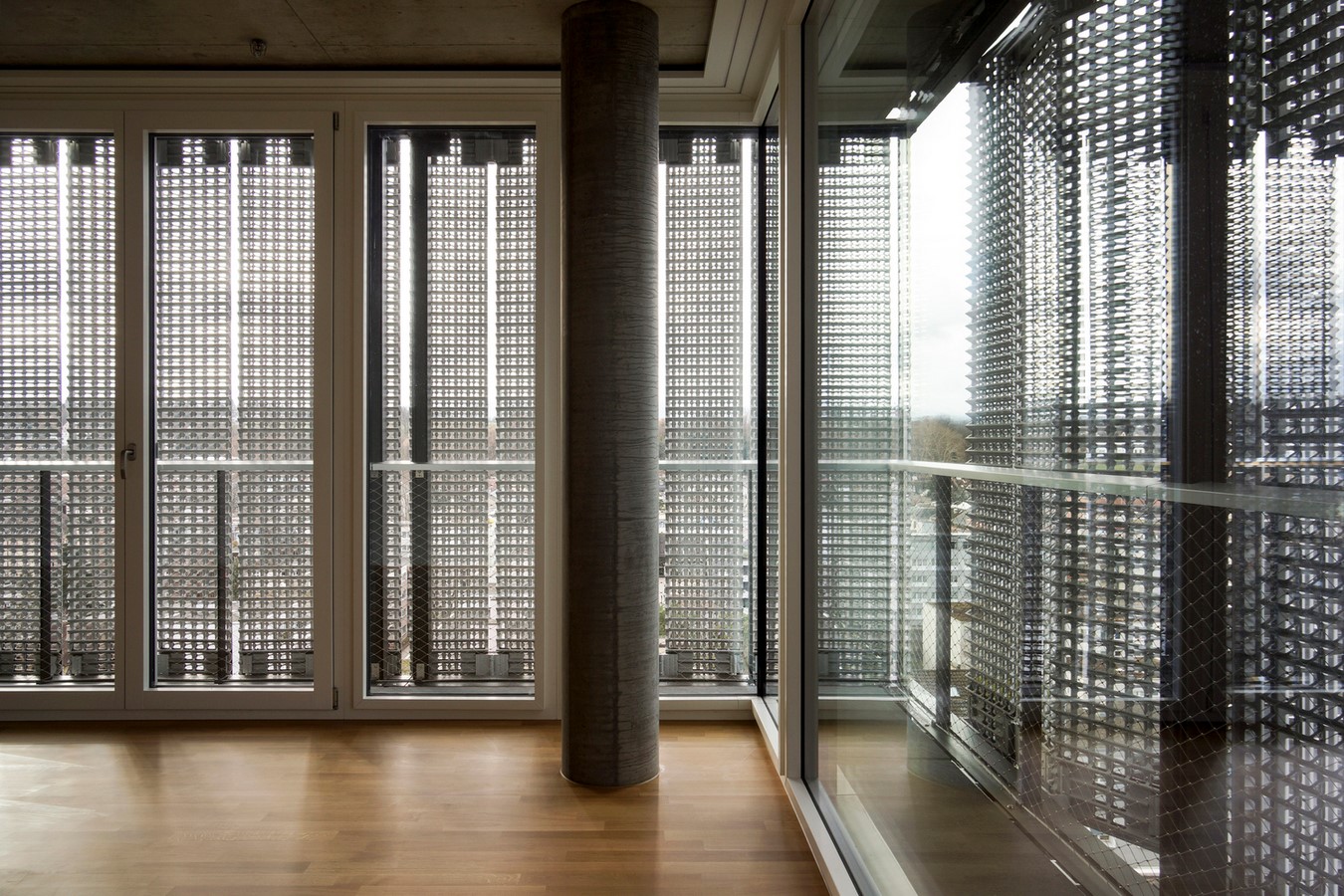
4. Messe Basel New Hall
Location: Basel, Switzerland
Year: 2004-2012, realization 2010-2013
The parametric facade of the twisting bands is such that it accentuates the scale of the large exhibition volume. It is not an ornamental element but an efficient means to articulate the fall of natural light on adjacent properties and to frame particular views from unique locations.
There are three exhibition levels featured in the New Hall. The entrance level, the lowest, is at elevation with the street and outdoor square, permitting a natural flow. Ground floor entry seamlessly links the City Lounge to the existing Hall 1, former Hall 3, the new event space for 2,500 spectators, and several shops, bars and restaurants in the foyers. A large expanse of glass is to create spatial transparency to produce the openness envisioned for the exhibition hall and the vivifying of public urban life.
It becomes a paradox, by applying an analogous material (aluminium) over all exterior surfaces, it creates a constant architectural variation and an impression of a basket weave. This glazing leads into a ground floor entryway filled with various shops, bars and restaurants.

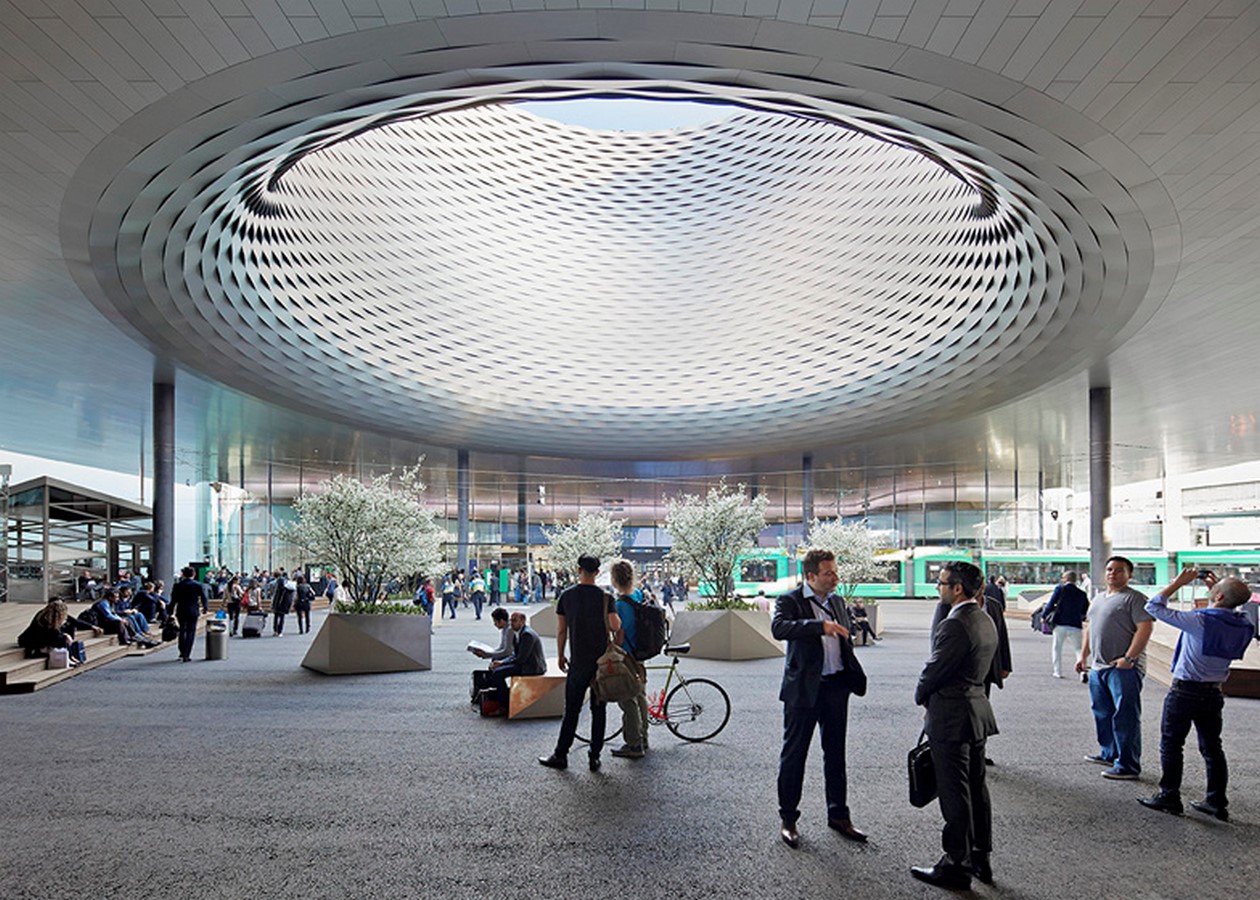
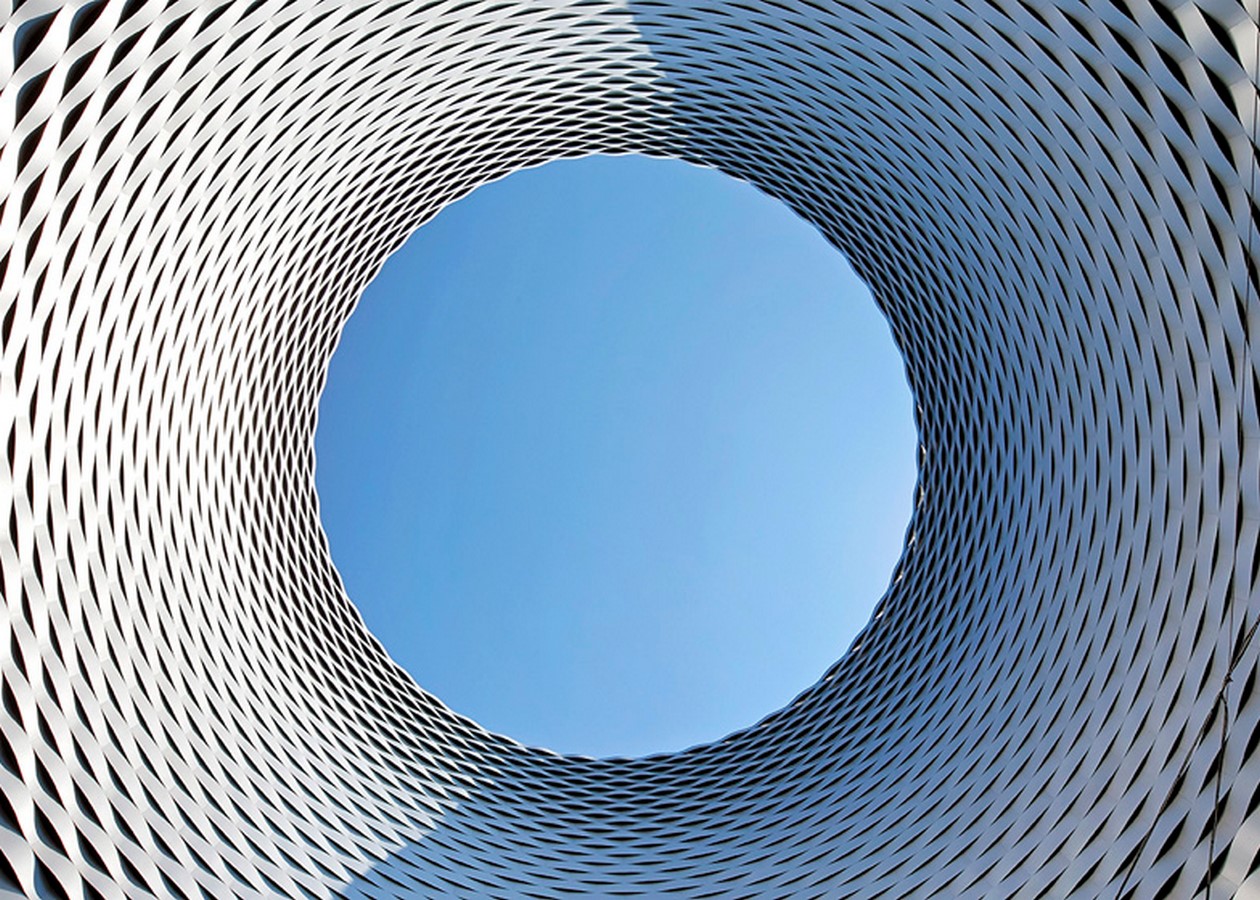
5. Tai Kwun, Centre for Heritage and Art | Herzog & de Meuron
Location: Hong Kong (SAR)
Year: 2018
The Tai Kwun art and heritage center is reflective of Hong Kong Island’s mountainous terrain spanning 27,000 square meters across a sloping site. Established by the British after 1841 as the police station, magistracy, and prison, Tai Kwun is the largest heritage conservation project in Hong Kong.
“What we have done in Hong Kong is to transform a former police station into a cultural center,” said Herzog & de Meuron. “In Hong Kong and also in Mainland China this is still a new approach to architecture – an unusual thing to do because normally old buildings and entire neighborhoods are being removed and replaced by new ones.”
The main intention of the project was to preserve the openness and discrete character and to re-activate them for public use as new urban spaces that determine the site as a place of respite. The new building volume copies neither of the historical past but forms a new relationship to the site.
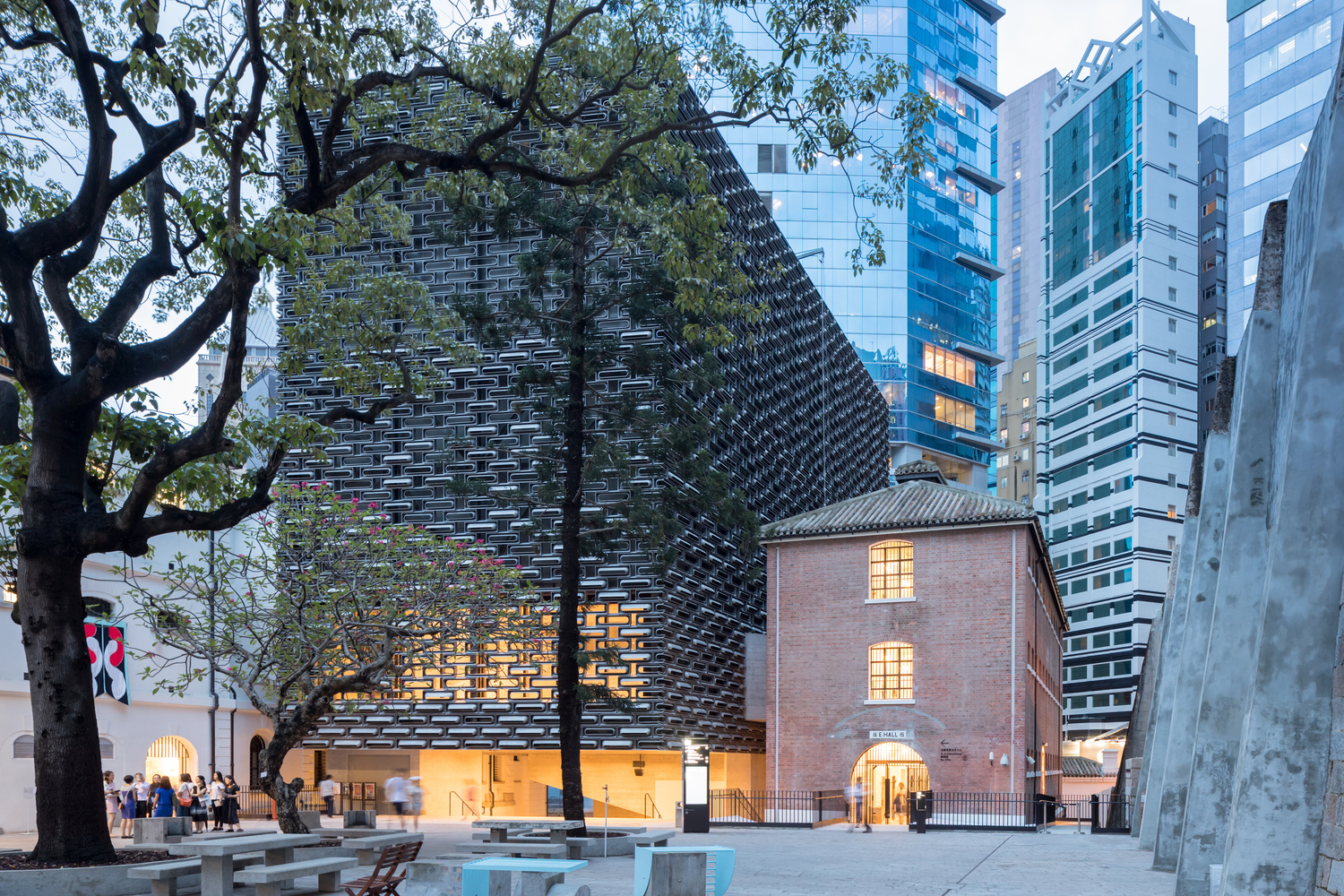

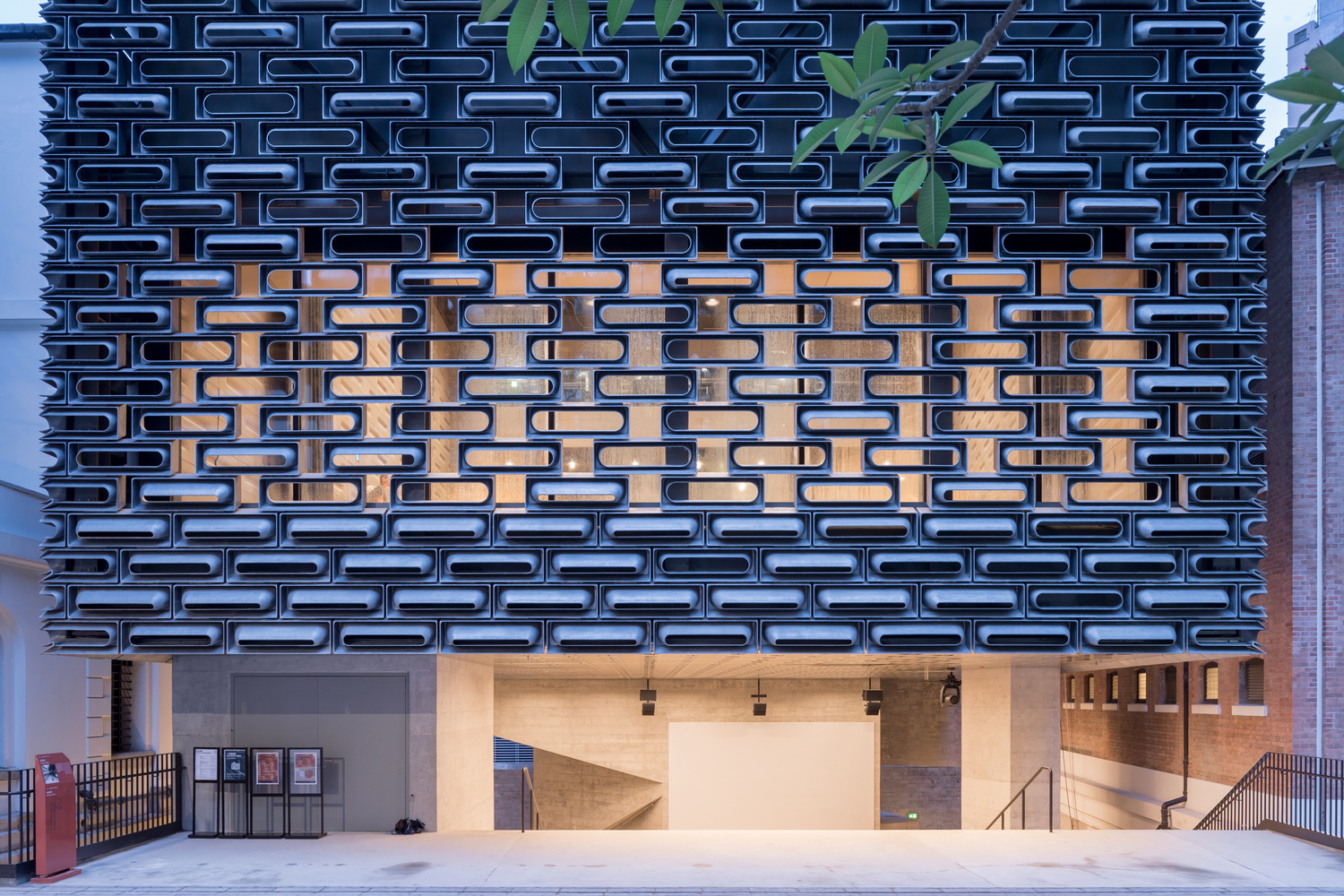
6. BBVA Headquarters
Location: Madrid, Spain
Year: 2015
The site for the BBVA Headquarters has newly built offices, commercial buildings, and residential developments encompassing it. Like a carpet, analogous to an Arabian garden, A linear three-story structure is over the entire site with courtyards, passages and irrigated gardens which has a slope.
The project’s aim was to create an inward-looking retreat in the urban landscape and a place that balances the natural and the built context.
The architecture is raw and prominently manifested. The design has an influence on solar conditions, which produces a southern type of architecture. To minimize artificial lighting and provide daylight conditions in offices, full height, recessed glazing is used.
Brise soleil is cut out in the lower part at an angle and fixed in between the floor slabs to provide more view and daylight.
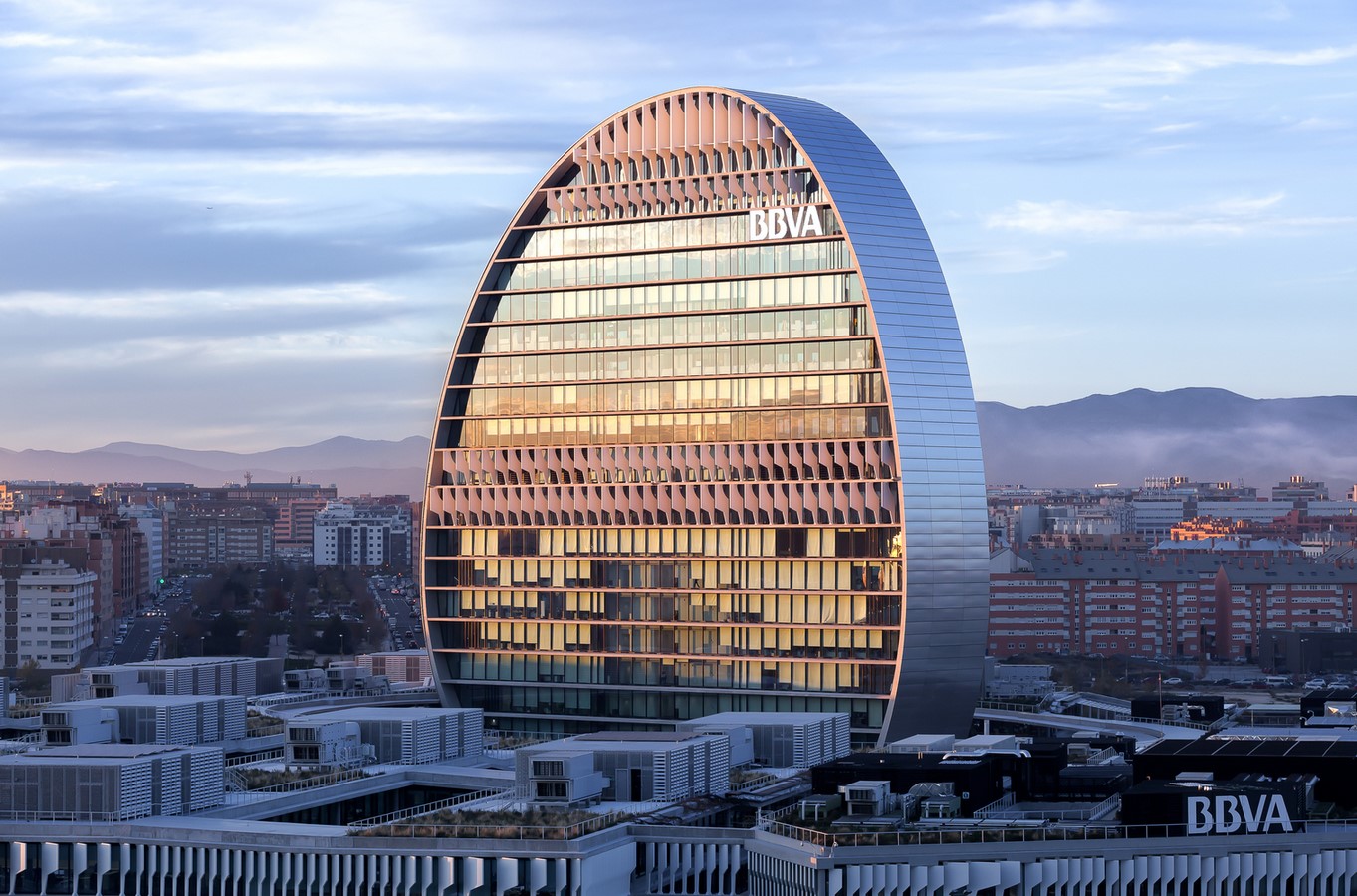

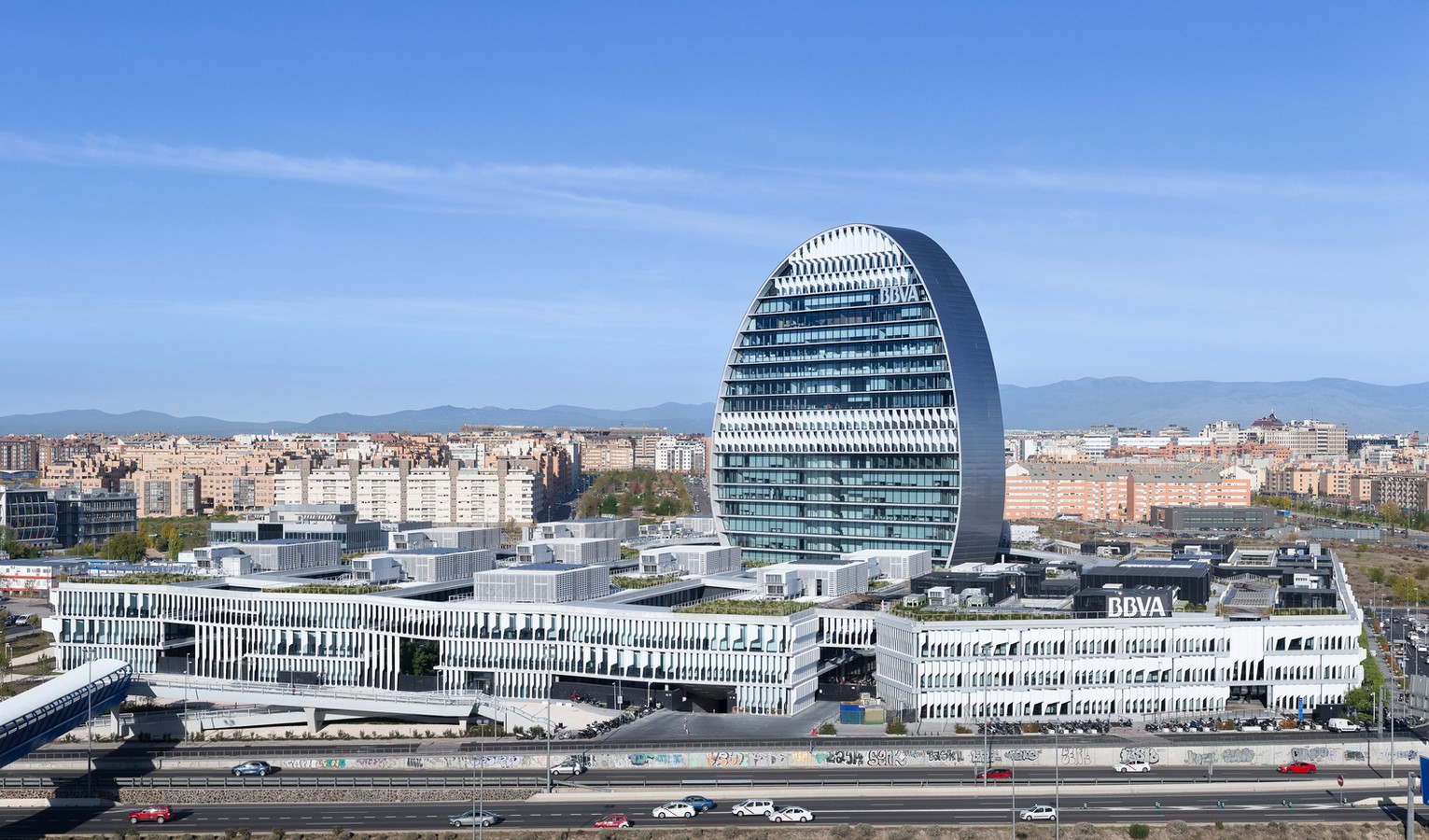
7. Vitrahaus
Location: Weil am Rhein, Germany
Year: 2006-2009, realization 2007-2009
In 2006, Herzog & de Meuron were to design the VitraHaus since no interior space was free for the presentation of the Home Collection on the Vitra Campus in Weil am Rhein. Formed by a three-dimensional composition of twelve houses, VitraHaus’ primary purpose was to display the furniture by Vitra in a building that you would feel as if they were on their own. The exterior stucco has a charcoal appearance that unifies the structure with the landscape.
The VitraHaus is a vertically oriented structure with a small footprint that rises above all the other buildings in the Vitra Campus and measures 187 feet in length, 177 feet in width, and 69.8 feet in height. It grants an overview of multiple senses and the Home Collection.
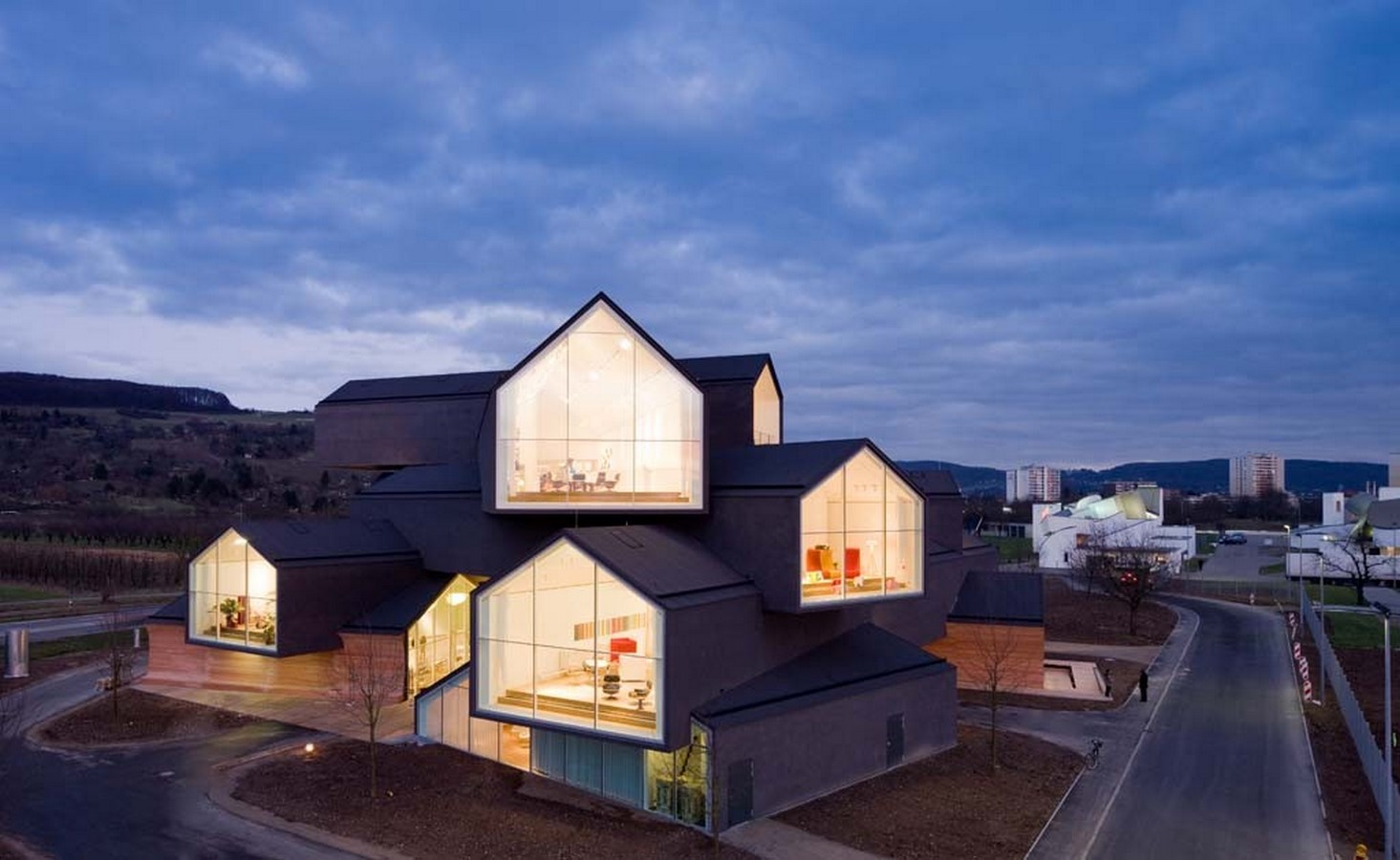
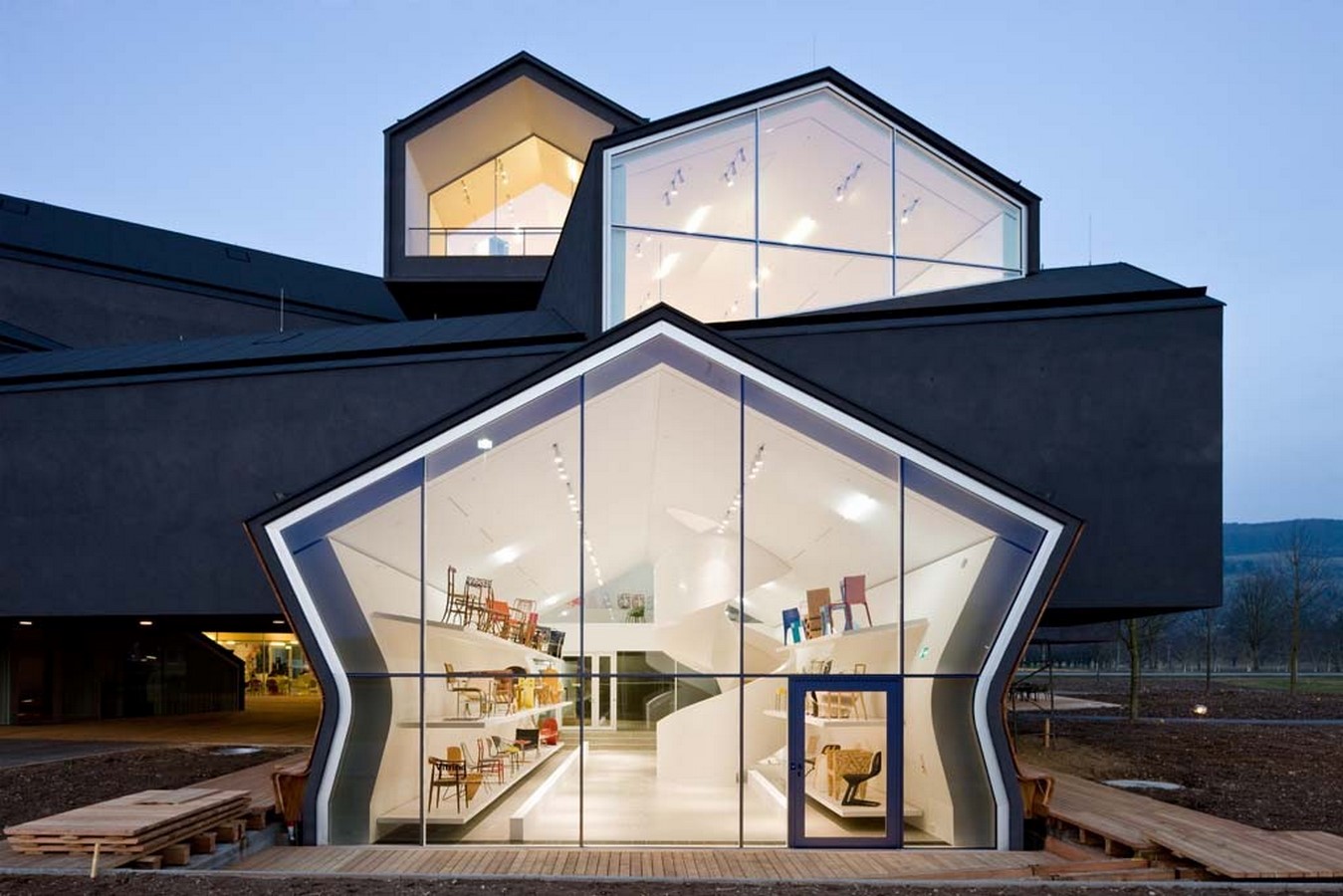
8. Konzerthaus München
Location: Munich, Germany
Year: Competition 2016-2017
The shape of Konzerthaus München seems classical like the the roof of a tent or the pyramid because it has a pure form and accommodates so many uses. You can view the large and small concert halls, the foyers and terraces. The spaces designed diversely to mimic the variety of visitors and users are very different in shape, scale and atmosphere: large and small, high and low, intimate, and open.
The form of the project is iconic, and similarly, the large hall is radically modern. The music becomes the focus and radiates from the center while people congregate, seated together in a circle.
9. The Tate Modern Project
Location: London, UK
Year: Competition 2005, project 2005-2012, realization 2010-2016
The world’s most visited museum of modern and contemporary art is the Tate Museum. It intends to create a diverse collection of public spaces dedicated to recreation and retrospection. These spaces spread over the building have their vertical circulation in the same way that horizontal orientation is evident in the first phase of the Tate Modern.
The building is made such that it is visible from the North, as one approaches the Tate Modern from the river, rising behind the power station with the iconic chimney. The fundamental concept of the project was to integrate the new building with the existing urban fabric.
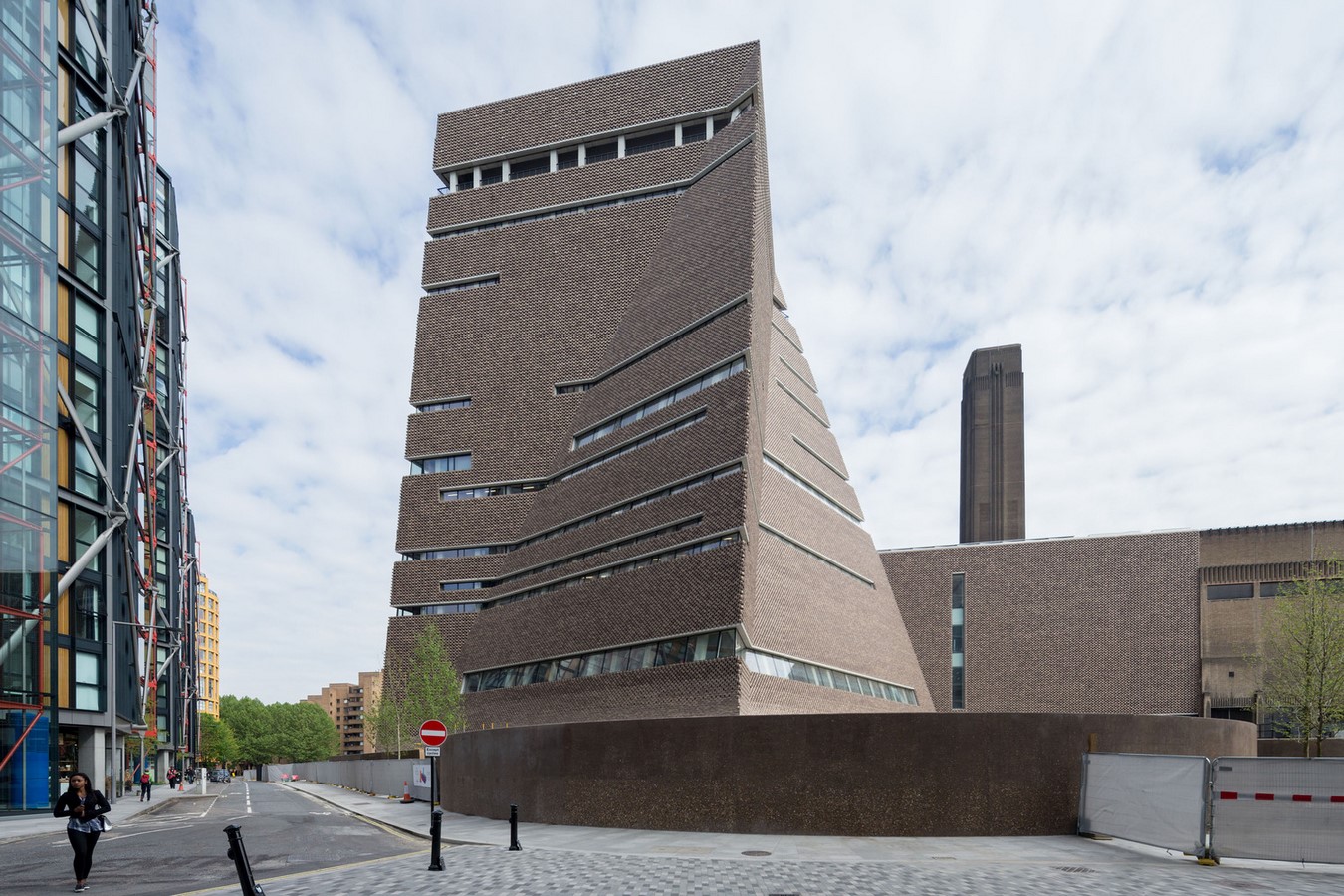
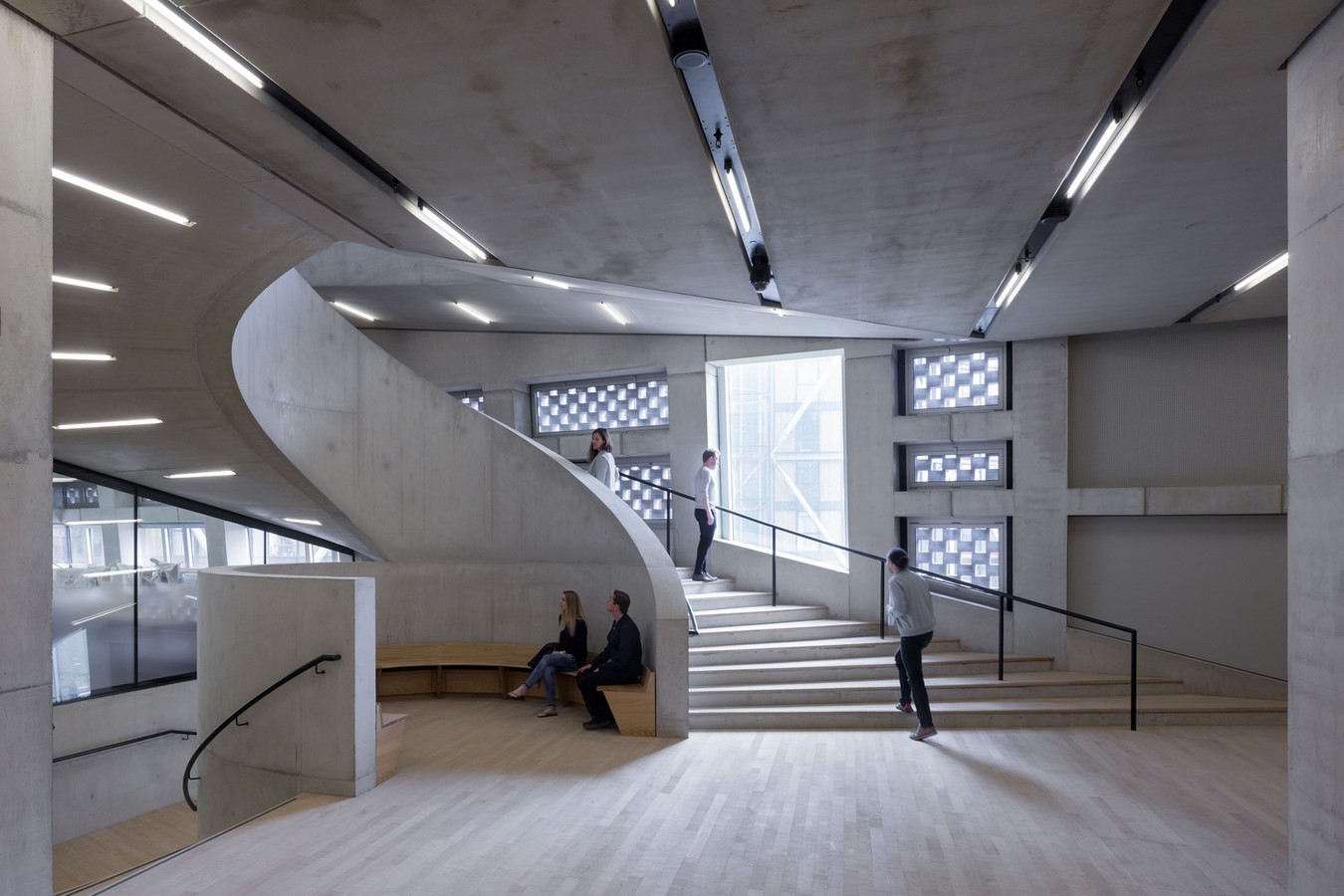
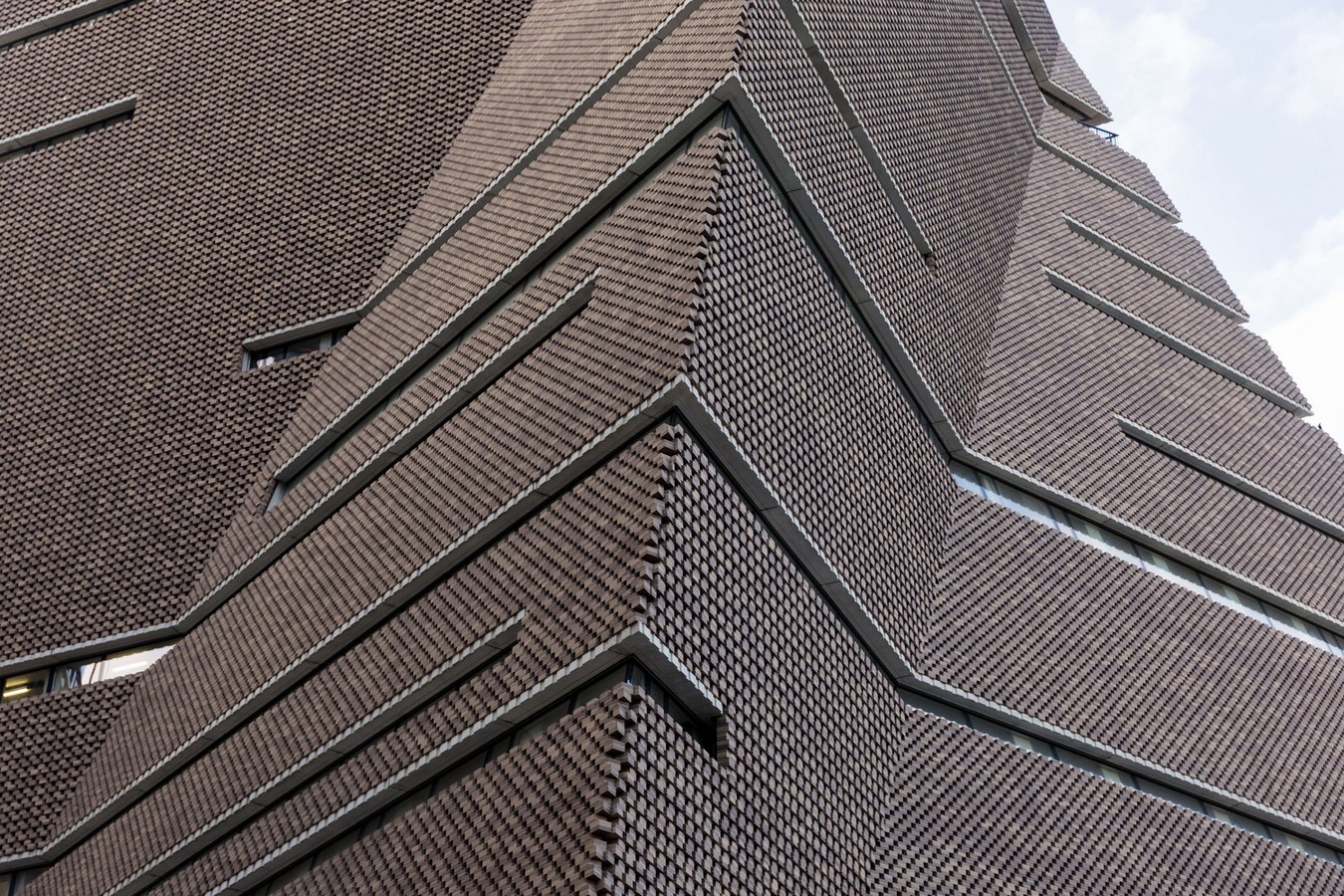
10. Blavatnik School of Government | Herzog & de Meuron
Location: Oxford, UK
Year: Project 2011-2013, realization 2013-2015
The idea of the project stems from shifted discs and pure geometric circles. The shifting in floor slabs creates projections and covered volumes. The main entrance is located in the middle of the Walton Street elevation classically, gathered underneath the main teaching floor of Level 1 whose circular geometry transformed resulting in such a shape. The foundation of this orthogonal form addresses the history set by continuing the line of the Church of St. Paul’s portico and echoing the well-formed path of the Oxford University Press.
